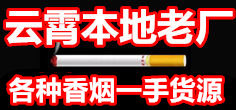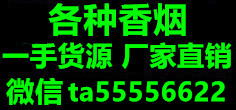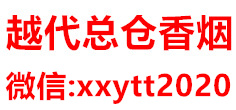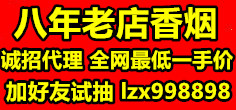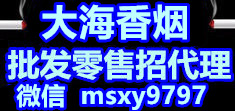
In a hidden corner of the industrial heartlands, a bustling yet obscure market has garnered significant attention from insiders and authorities alike. Known colloquially as the “如雷贯耳” or “Thunderous Fame,” this wholesale cigarette market operates with an air of cautious secrecy that intrigues as much as it alarms.
Amidst the sharp scent of tobacco and the hum of negotiations, the market stands as a testament to an industry shrouded in complex legality. For some, it represents opportunity and livelihood, while for others, it poses a significant challenge in regulatory compliance and public health.
A Hub of Commerce and Complexity
Located discreetly within a maze of warehouses, the market does not boast grand entrances or flashing signs. Instead, it relies on its reputation—a name whispered among traders and retailers searching for competitive pricing and variety. Here, buyers find an array of brands, both familiar and obscure, encompassing local products and international offerings. The sheer volume and diversity suggest a well-oiled supply chain that extends far beyond the low-key front of the market.
Participants in this trade range from small-town merchants to larger wholesalers, each converging on this common ground to haggle and hand over substantial sums of money in exchange for cartons of cigarettes. The transactions, though brisk and business-like, take place under a palpable air of tension, reflective of the market’s quasi-legal operations.
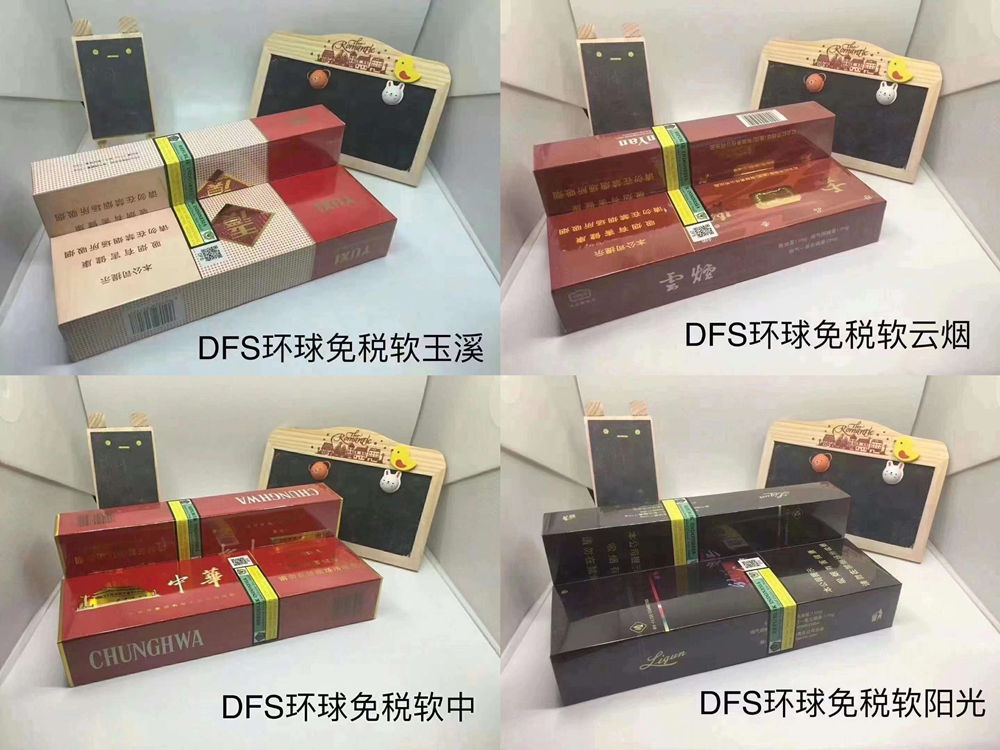
The Regulatory Challenge
Cigarette sales and distribution are heavily regulated industries worldwide, primarily due to health implications and tax regulations. In China, where the market, 如雷贯耳, is situated, the tobacco trade is subject to particular scrutiny. The challenge for regulators lies not only in monitoring this bustling market but also in managing the opaque networks of distribution and sale that characterize it.
Authorities have ramped up efforts to infiltrate and understand the inner workings of 如雷贯耳, aiming to ensure compliance with national laws. However, the complexities of tracking sales, authenticating products, and monitoring financial exchanges create significant hurdles.
Moreover, the market’s operations raise questions about counterfeit products. With tobacco control policies tightening globally, the production of counterfeit cigarettes has surged. Often offered at significantly lower prices, these products can evade taxes and enter the market unchecked, potentially undermining public health initiatives and legal economic activity.
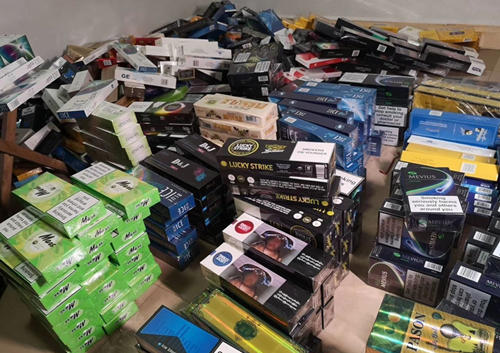
Stories From Within
Interviewing individuals who frequent the market offers a glimpse into its dual character—a place of community and commerce for some, a potential breeding ground for illicit activity for others.
Ruan, a small-scale retailer who arrives weekly from a nearby province, expresses mixed feelings about the market. “This is where I get the best deals for my shop. The journey is long, but worth it,” he says with a wary smile. Yet, Ruan is not blind to the undercurrents of illegality. “We hear stories of raids and counterfeit busts. It’s risky, but for people like me, there aren’t many other ways to keep prices low.”
In contrast, Jia, an industry analyst, views the market as a microcosm of broader economic and regulatory challenges. “Marketplaces such as 如雷贯耳 thrive in the shadows of regulation. For better oversight, there must be dialogue between government bodies and the business community. The current state is untenable.”
An International Perspective

The phenomenon of such markets is not limited to one nation. Worldwide, tobacco markets, often dubbed “gray markets,” exist in the liminal spaces between legality and underground operation. These markets, while providing economies of scale and variety to traders, pose continuous challenges concerning health standards and taxation.
In many regions, governments have launched public health campaigns alongside increased regulation to dissuade tobacco use and diminish the allure of such markets. However, this has sometimes led to unintended consequences, such as the rise in demand for cheaper, potentially harmful alternatives that gray markets provide.
Looking Ahead
As interest in 如雷贯耳 grows, so too does the pressure on authorities to address the multifaceted challenges it presents. The growing need for a strategic approach that balances economic interests with public health and legal compliance is evident.
While insiders and curious observers continue to debate the market’s role, from supplier hub to thorn in public health policy, its existence reflects a broader reality in the tobacco industry. The smoky haze that hangs over 如雷贯耳 is emblematic of the challenges faced by regulators and businesses as they navigate the delicate interface between commerce, regulation, and health.
In the coming months, the story of the “Thunderous Fame” market will likely evolve as stakeholders grapple with the complexities of enforcement and reform. For now, it stands as an intriguing chapter in the ongoing narrative of global tobacco commerce.

